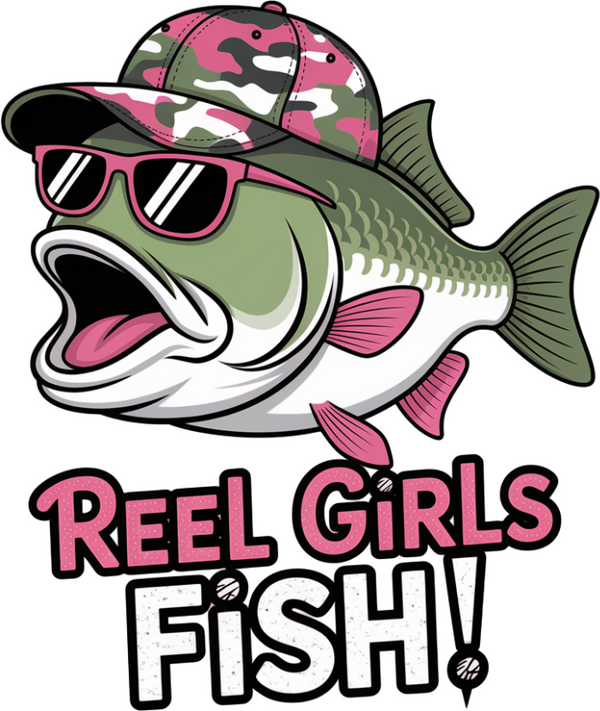
Is Fishing Better on an Incoming Tide?
Share
Exploring the Science and Secrets Behind the Tidal Advantage
Ask any seasoned angler about their favourite time to fish, and you’ll likely hear the phrase, “Fish the incoming tide.” But what’s the wisdom behind this time-honoured advice? Is fishing truly better on an incoming tide, or is it just a myth passed down through generations of hopeful anglers? In this comprehensive blog, we’ll wade into the science, experience, and subtle mysteries of the tides, and discover why the incoming tide is often regarded as an angler’s best friend.
What is an Incoming Tide?
Before we dive deeper, it’s essential to understand what exactly is meant by an “incoming tide.” The tides are the regular rise and fall of sea levels, caused primarily by the gravitational pull of the moon and sun. An incoming tide, also known as a flood tide, is the period when the tide moves from low to high. During this phase, water flows from the open sea towards the shore, inundating tidal flats, estuaries, and beaches.
This process typically happens twice a day, giving anglers two distinct windows when the waters are on the move. For many, these windows—particularly the period just before high tide—represent the golden hours of fishing.
The Science Behind the Incoming Tide
Why would an incoming tide be better for fishing? The answer lies in a combination of biology, ecology, and physics.
· Movement of Water: As the tide comes in, it stirs up the substrate, dislodging small organisms such as crabs, worms, and shrimp. These, in turn, attract baitfish, which attract larger predatory fish.
· Increased Oxygen: Moving water brings increased oxygenation. Fish, like most aquatic creatures, thrive in oxygen-rich environments. The incoming tide refreshes the water, making it more comfortable and attractive for fish.
· Access to Feeding Grounds: Many predatory fish patrol the edges of the incoming tide, using the flood of water to access previously shallow or dry areas, such as mudflats, mangrove roots, or reefs, where prey congregates.
· Concealment: The turbulent, rising water can make it easier for predatory fish to approach their prey unseen, giving them a competitive edge and making them more aggressive feeders.
Traditional Wisdom Meets Modern Knowledge
Anglers from all corners of the globe have recognised the advantages conferred by the incoming tide. Indigenous fishing cultures, commercial fishers, and recreational enthusiasts have all, at one time or another, planned their outings around the rise of the sea.
Modern science not only confirms much of this wisdom but explains the reasons in greater detail. Research shows that many fish species—including bream, mullet, flounder, striped bass, and snapper—are indeed more active and feed more aggressively as the tide rises.
Key Times to Fish the Incoming Tide
Although the entire period of the incoming tide can be productive, there are particular moments when fishing activity peaks:
· The Start of the Incoming Tide: Fish may begin to move with the water as soon as the tide turns, but this period is often less productive than later stages.
· Mid-Tide: As water covers more ground, bait species become more active, and predatory fish follow.
· Just Before High Tide: This is often considered the prime window, as fish move into newly flooded areas to feed aggressively before the water begins to recede.
Exceptions and Variables
Of course, nature is never without its exceptions. While the incoming tide is generally favourable, several factors can influence success:
· Location: In some river mouths and estuaries, outgoing tides may also carry baitfish out to sea, presenting opportunities for fish to ambush their prey.
· Species: Some species, such as flathead or certain types of whiting, may feed just as well or even better on the outgoing tide, depending on the local conditions.
· Weather and Water Conditions: Heavy rainfall, water temperature, clarity, and wind direction can all affect how fish respond to the tide.
· Lunar Cycle: Spring tides (strongest around the full and new moon) can dramatically increase water movement, affecting fish behaviour.
Reading the Water: Tips for Success
If you want to make the most of the incoming tide, it helps to observe and adapt:
· Scout the Terrain: At low tide, look for channels, holes, and drop-offs that will soon be flooded. These are likely ambush points for predatory fish.
· Follow the Edge: As the water rises, target the advancing shoreline. Fish often patrol this moving edge, hunting for prey caught off guard by the water’s arrival.
· Match the Hatch: Use baits and lures that mimic the local prey species being stirred up by the incoming water.
· Stay Mobile: As the tide covers new ground, don’t be afraid to move with it, adjusting your position to remain in prime areas.
Case Studies: Stories from the Water
Many experienced anglers can attest to the magic of the incoming tide. For instance, on the estuaries of northern Australia, barramundi are known to bite best as the tide floods the mangroves, chasing baitfish into the shallows. In the rocky inlets of the U.S. northeast, striped bass anglers eagerly await the flood tide, knowing that the fish will ride the moving water in search of an easy meal.
Such anecdotes are echoed around the world, reinforcing the connection between fishing success and the incoming tide.
Debunking the Myths
It’s important to remember that while the incoming tide is often productive, it’s not a magic formula. Fishing remains a blend of skill, luck, and timing. There will always be days when the tide is right, but the fish aren’t biting. Environmental disturbances, changes in temperature, or simple chance can all play a role.
Furthermore, experienced anglers know not to ignore other tidal phases entirely. Outgoing tides, slack waters, and even low or high tide stasis can provide unexpected action under the right conditions.
Final Thoughts: Maximising Your Time on the Water
So, is fishing better on an incoming tide? All signs point towards “yes” as a general rule—thanks to increased water movement, oxygenation, and access to new feeding grounds for both predator and prey. But like every aspect of fishing, it pays to know your local environment, target species, and the subtle cues of both the water and the weather.
Ultimately, the best time to fish is when you can get out there and enjoy it. Use the tide as your guide, but also trust your instincts, patience, and willingness to learn from every outing. The beauty of fishing is that it’s as much about the experience as the catch, and the rhythm of the tides is just one of many mysteries waiting to be unravelled.
Tight lines, and may the incoming tide bring you your next great story!
